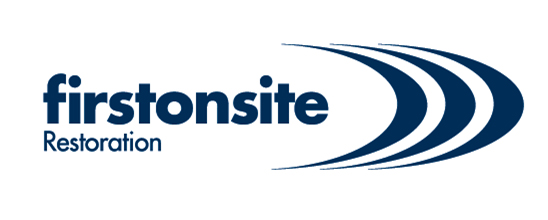On May 1, 2016, wildfires ripped through Fort McMurray, Alberta, sparking a natural disaster that would become the costliest of its kind in Canada’s history. Over the span of two months, the so-called Horse River Fire swept through 590,000 hectares of land, causing $3.58 billion in damages, and triggering the largest wildfire evacuation in the province’s history.
Two months later, on July 6, 2016, the fire status was downgraded to “under control” thanks to concerted efforts of firefighters, government assistance, and a wealth of other responders – one of which was Canada’s FirstOnSite Restoration.
“Our first feelings driving into the town were those of amazement. The city was empty, and many vehicles had been abandoned on the streets as if everyone had just vanished,” says Jim Mandeville, senior project manager with FirstOnSite Restoration. “It was a very post-apocalyptic and surreal feeling which was suddenly – and sometimes violently – interrupted by the loud drumbeat of low flying helicopters.”
With over 1,000 employees across 35-plus locations, FirstOnSite was no stranger to disasters of extreme magnitude when it stepped into the scene. Still, its work in Fort McMurray brought to light insights that have informed its approach to property disaster management since.
For example, says Mandeville, one of the first things the Horse River Fire made clear was how critical technology can be in reducing response times and making restoration planning easier. “Customers who had cloud-based property management systems had immediate insight into the state of their properties. Some were even able to regulate their HVAC (heating, ventilation, and air conditioning) systems remotely, and watch closed-circuit streaming or videos to see if there was damage, and how much.”
As well, effective communication systems such as cellphone service and live video conferencing enabled immediate connections between all stakeholders, while access to satellite imagery helped responders quickly and easily identify wildfire hot spots.
The Fort McMurray fires also drove home the importance of building industry relationships. Having existing partners within close communication allowed those affected by the fires to work with reliable service providers to speed up their response.
“Property owners who had established partnerships with responders and restoration professionals were back up and running more quickly than those who did not. They had the contacts and protocols in place,” explains Mandeville, noting, “This contributed to a faster restoration with less confusion during the event and after, when the dust settled.”
Having trusted relationships at the ready also ensures there are no surprises when it comes to restoration prices. This is important, adds Mandeville, considering service costs can often escalate during an emergency when resources are limited. By knowing the prices upfront, property stakeholders can take comfort in the fact they are working with pricing that was determined in non-chaos situations.
Similarly, a final insight was that it pays to have partners with reliable networks of their own. Capacity issues are common in any major event since there are only so many people available to help with recovery efforts. Necessary equipment, resources, access to manpower and accommodations are stressed to their limits, and many property owners can find themselves waiting until resources are freed up.
“When you’re not in business, that wait can be costly. Also, damage can worsen as it sits, leading to higher repair bills when they are finally taken care of. Because of this, it is critical that property owners’ partners have their own quality support systems in order to keep the recovery process moving as quickly as possible,” adds Mandeville.
The Horse River Fire will no doubt have a place in Canada’s history books; if not for its record impact on Fort McMurray and the country, but for the lessons it imparted to all those involved in its restoration efforts.
Looking back, Mandeville says, “From a logistics standpoint, it was one of the greatest challenges we’ve faced while working in Canada – not just for us, but for responders of all kinds. In our case, though, we had never before deployed so many resources from so far away, from people and equipment to working infrastructure and resupply.”
FirstOnSite Restoration is a leading Canadian disaster restoration company, providing remediation, restoration, and reconstruction services nationwide, as well as for the US large loss and commercial market. For more information, visit www.firstonsite.ca.






